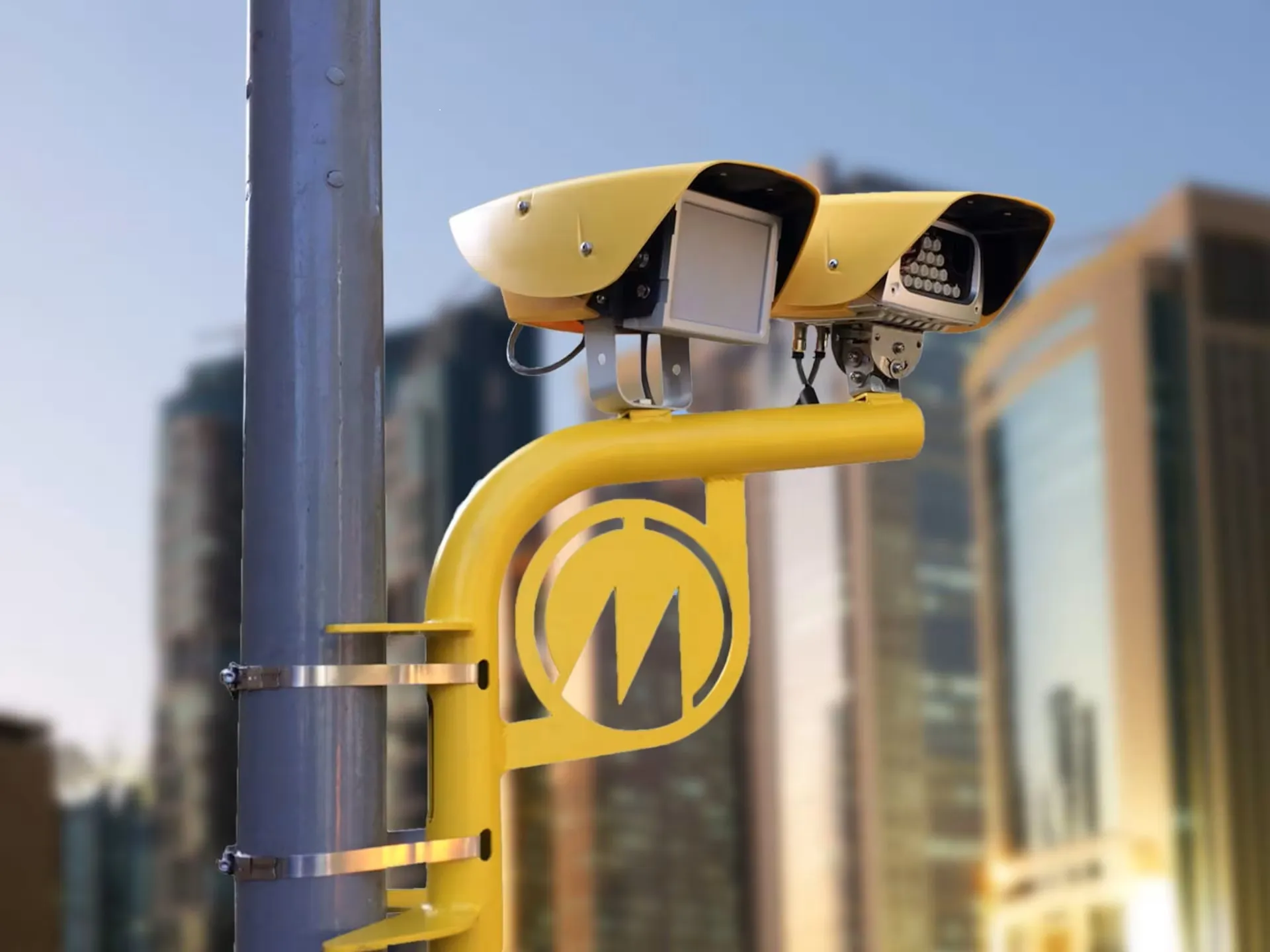The Vietnamese government is to draw up new regulations as part of its plan to implement intelligent transportation systems (ITS) in 2013. The project will be executed in three stages from 2012 until 2030. During the first phase, between 2012 and 2015, three traffic control centres will be built to control traffic in the north, central and south regions of the country. During this phase, traffic management equipment will be installed, including closed circuit television cameras, weather forecasting equipm
December 10, 2012
Read time: 2 mins
The Vietnamese government is to draw up new regulations as part of its plan to implement intelligent transportation systems (ITS) in 2013.
The project will be executed in three stages from 2012 until 2030. During the first phase, between 2012 and 2015, three traffic control centres will be built to control traffic in the north, central and south regions of the country. During this phase, traffic management equipment will be installed, including closed circuit television cameras, weather forecasting equipment, in-road restricted visibility lighting, highway advisory radio, traffic monitoring equipment and other traffic management equipment.
During the second and third phases, between 2015 and 2020 and 2020 and 2030, the Vietnam transport ministry will continue to update information technology applications and the development of ITS.
Deputy Minister Nguyen Ngoc Dong said the transport ministry will select technologies for intelligent transportation systems which suit domestic highway routes by 2015. Intelligent transportation systems are believed to be one of the key solutions to transport development and traffic safety in the country, he said.
The project will be executed in three stages from 2012 until 2030. During the first phase, between 2012 and 2015, three traffic control centres will be built to control traffic in the north, central and south regions of the country. During this phase, traffic management equipment will be installed, including closed circuit television cameras, weather forecasting equipment, in-road restricted visibility lighting, highway advisory radio, traffic monitoring equipment and other traffic management equipment.
During the second and third phases, between 2015 and 2020 and 2020 and 2030, the Vietnam transport ministry will continue to update information technology applications and the development of ITS.
Deputy Minister Nguyen Ngoc Dong said the transport ministry will select technologies for intelligent transportation systems which suit domestic highway routes by 2015. Intelligent transportation systems are believed to be one of the key solutions to transport development and traffic safety in the country, he said.









